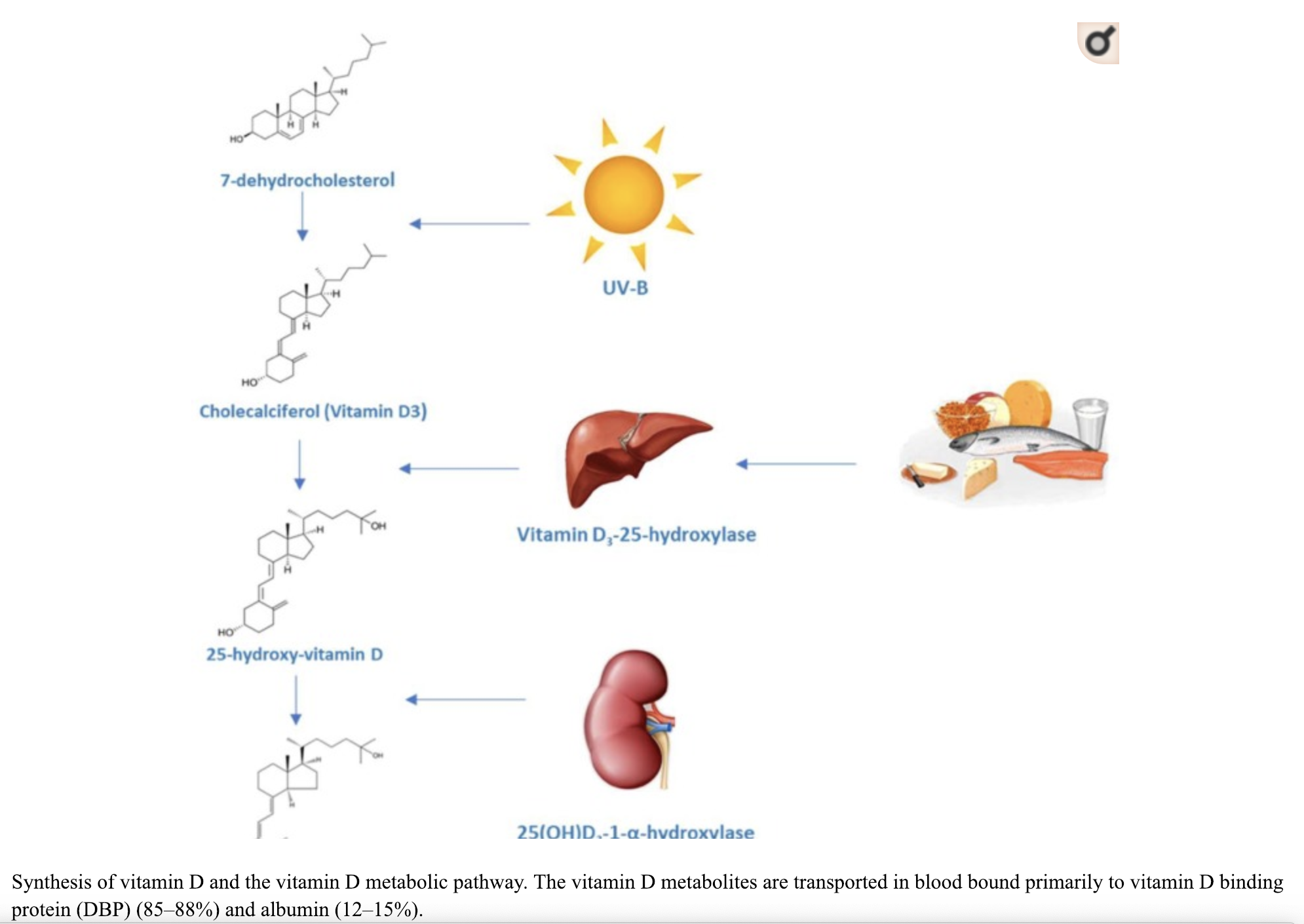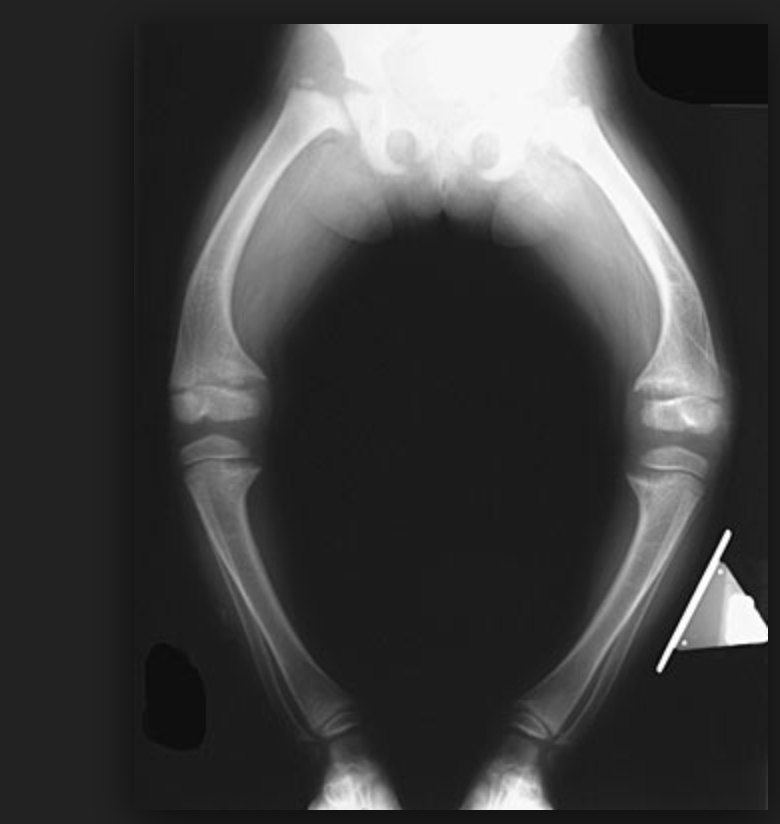One day of sunshine and I am excitedly packaging up all the wooly jumpers and pulling out my summer shorts and bikinis. As we cautiously put all thoughts of winter to the back of our minds we know we will slowly start to feel less sluggish. Hopefully the winter sniffles will gradually dry up too. One of the elements that contributes to this sense of overall wellbeing is increased levels of Vitamin D courtesy of increased sun exposure.

What Is Vitamin D?
First of all, vitamin D isn’t in fact a vitamin. It is actually a hormone. There are a number of different forms of vitamin D but only one can be used in the body. Vitamin D3 is a biologically inactive analogue. This means that it cannot be utilised in the body. It is made in the skin from a form of cholesterol (7-dehydrocholesterol) under the influence of UV light [1]. In other words, once UV from the sun hits your skin, cholesterol already present in the skin is converted to choleocalciferol or vitamin D3.
Choleocalciferol is an inactive form of vitamin D and has to undergo a transformative process first in the liver and then in the kidneys in order to be utilised by the body. Biologically inactive D3 is metabolised in the liver to 25(OH)D (25 hydroxyvitamin D). This is the form of vitamin D that is measured by your Doctor when you have given a blood sample. This form of vitamin D is also inactive. From here, the kidneys and other tissues metabolise 25(OH)D to its active metabolite 1,25(OH)2D3. This is the active form of vitamin D and is more simply known as calcitriol.

Can We Get Vitamin D In Our Diet
D2 is a form of vitamin D that is derived from the plant sterol ergosterol. It is found in mushrooms that have been exposed to UV light. This is a type of vitamin D that is often used for oral supplementation [2]. Other sources of vitamin D include fatty fish such as salmon, mackerel and albacore tuna. Many cereal and milk products are fortified with vitamin D.

Why Do We Need Vitamin D
Vitamin D in its active form, contributes to a number of processes within the body. It is essential for health and is significantly lacking in many individuals who may not get enough sun during winter months.
The Skeleton
The development of healthy bone growth from childhood right through to old age is dependant on vitamin D. For this reason, it is essential to maintain healthy levels of vitamin D throughout your life. Vit D is involved primarily in keeping levels of calcium and phosphate balanced in the body. It helps to protect against rickets (as seen in picture below) and ostemalacia (softening of bones). It also helps to prevent against osteoporosis and fractures in the ageing skeleton. For this reason, vitamin D is an essential component of you health requirements.

Hormones – Obesity, Diabetes Mellitus and Metabolic Syndrom
This sunshine vitamin also helps to regulate hormones. It stimulates insulin and thyroid stimulating hormone (TSH) secretion. The thyroid manages metabolism of every cell in the body. Low thyroid function can negatively affect metabolic rate. This can lead to tiredness and weight gain. Mackawy et al, noted that vitamin D levels measured in patients with autoimmune thyroid disease were often low. Individuals with these conditions are advised to supplement as a result [4].
Insulin is released from the pancreas and regulates the amount of glucose in the blood. Without insulin, too much circulating blood glucose would result in the development of diabetes. Measurable levels of vitamin D are lower in obese individuals. Vitamin D deficiency is also associated with insulin resistance [5]. Insulin resistance occurs when cells cannot absorb glucose. It results in blood glucose levels being higher than normal but not high enough to warrant a diagnosis of DM. Being insulin resistant can increase your risk of developing diabetes.

Every day food choices can make a huge impact on your insulin sensitivity. Swapping sugary foods and those high in saturated fats for fresh food and vegetables can make a huge impact on your overall health and can reduce your risk of becoming insulin resistant. With this information in mind, vitamin D can support fat loss. However, you must also be in negative energy balance meaning you must be eating less energy than you are using.
Immune Function & Cardiovascular Disease
Vitamin D helps to promote immune response by preventing tissue damage associated with excessive inflammation. Individuals that train a lot in sports will expect some degree of inflammation. It is this inflammatory process that initiates adaptation in the body. Athletes get stronger, faster etc based on the overload that has been placed on the body. There is also an acute inflammatory response when you cut yourself. This brings white cells to the area to protect against infection and increases blood flow to accelerate healing. These acute inflammatory processes are normal. Long term inflammation is not normal and can lead to other health issues.

A large number of epidemiological studies have shown an association of increased cardiovascular disease risk where low vitaminD levels have been found [6]. Inflammation within the blood vessels of the heart can lead to blockages and subsequent damage to the heart muscle. Large scale research is ongoing. Based on current evidence we should all maintain adequate levels of vitamin D.
Vitamin D Toxicity – A Rare Event
Thanks to recommendations from the Food Safety Authority of Ireland and ongoing research from University College Cork, we have become adept at advising on how to correct vitamin D levels in Ireland. While the advice is there and freely available, not everyone follows it.

Vitamin D is a fat soluble vitamin. It is stored in adipose (fatty) tissue. While rare, chronic supplementation of doses higher than recommended can lead to toxicity. As this particular vitamin increases calcium absorption in the gut, individuals with toxicity often present with high calcium levels in the blood. This can lead to increased calcification of the small blood vessels of the heart over time and can result in cardiac arrhythmia. Early symptoms include loss of appetite and nausea.
Who Develops Toxicity?
The small amount of individuals who present with toxicity often do so as a result of accidental chronic over supplementation or intentional incorrect dosing. To avoid this, always read the label and abide by the correct dosing schedule. Ensure you purchase your vitamin D products from a reputable brand and remember, children and infants need a smaller dose than adults do.
The dose recommended for infants is 5 micrograms per day. This is 1/5 of the upper dose limit of 25 micrograms. www.hse.ie
Blood Levels of Vitamin D
Across the board, recommended levels vary from study to study. Realistically, these numbers are not something that you need to worry about as your GP will inform you if your vitamin D level is low. There is a general opinion that a level below 25nmol/l is classed as deficient [7]. Beyond this, there is no standard consensus on what is optimal.
I discussed this topic with Dr Doireann O’Leary, a General Practitioner in Cork, recently. She advised that you can attend your GP at any time and request a specific blood test to check your levels. Doireann also recommends that all shift workers should have their levels checked. This is because they are often sleeping after coming off shift so don’t get to partake in all of those good weather days. Finally, those with gastrointestinal absorption issues such as coeliac disease should also be mindful that they may not absorb supplements to the same degree and should have levels checked with their GP.
Advice and Guidelines

Have your vitamin D levels checked by your GP if you are in any doubt about your levels being low (assume that they are during an Irish winter). Only take the dose recommended by your GP or in the UCC / FSAI links above. More is not more – do not take more than the recommended dose. Vitamin D supports your immune system, gut health, heart health, skin and bone integrity – do not ignore the fact that it is an essential supplement in the Irish climate.
Finally, while it is great to get a little exposure to the sun, ensure that you do not expose your skin to the sun for long periods of time. Avoid burning by spending time in the shade and wearing a strong sun factor. As a result of the care you take now, your risk factor for skin cancers will decrease.
Thanks for reading everyone! If you found this article helpful, please do feel free to share it on social media.
If you would like to add any information, I would be happy to read it or if I have made any mistake along the way, feel free to correct me (kindly).
Fiona xx
[1] De Luca, 2004. Overview of general physiologic features and functions of Vitamin D. American Journal of Clinical Nutrition.
[2] Bikle, 2014. Vitamin D Metabolism, Mechanism of Action, and Clinical Applications. Chemical Biology.
[3] Medrano et al, 2018. Vitamin D: Effect of Haematpoiesis and Immune System and Clinical Applications. International Journal of Molecular Science.
[4] Mohammed Husein Mackawy et al, 2013. Vitamin D deficiency and its association with thyroid disease. International Journal of Health Sciences. Nov; 7(3): 267-275
[5] Kayaniyil et al, 2010. Association of vitamin D with insulin resistance and beta-cell dysfunction in subjects at risk for type 2 diabetes. Diabetes Care.
[6] Rejnmark et al, 2017. Non-Skeletal health effects of vitamin D supplementation: A systematic review on findings from meta-analyses trial data. PLoS One; 12(7):e0180512.
[7] Spiro & Buttriss, 2014. Vitamin D: An overview of vitamin D status and intake in Europe. Nutrition Bulletin/BNF. Dec; 39(4):322-350.

